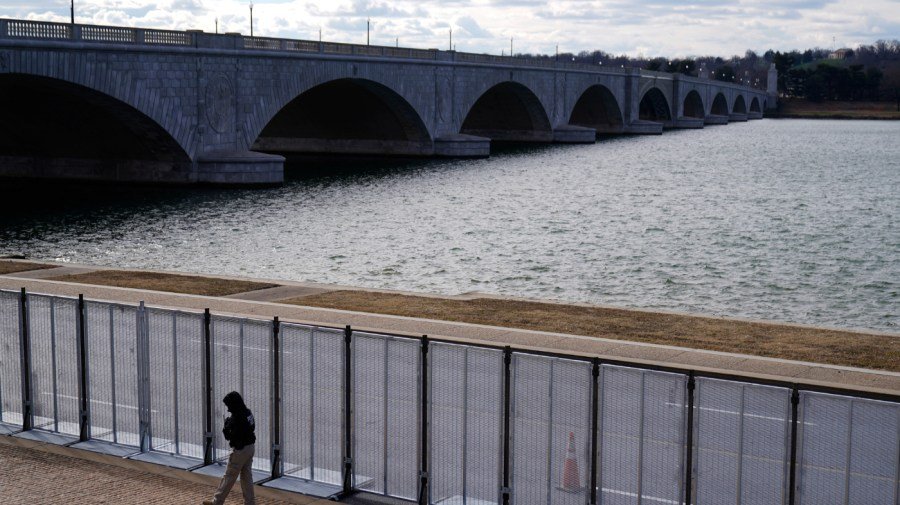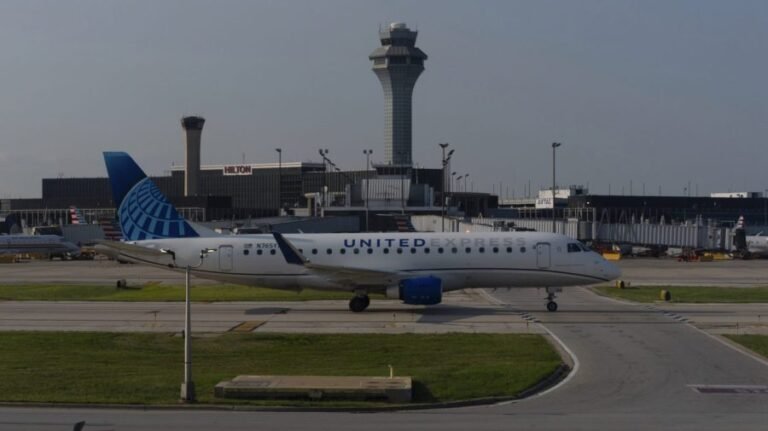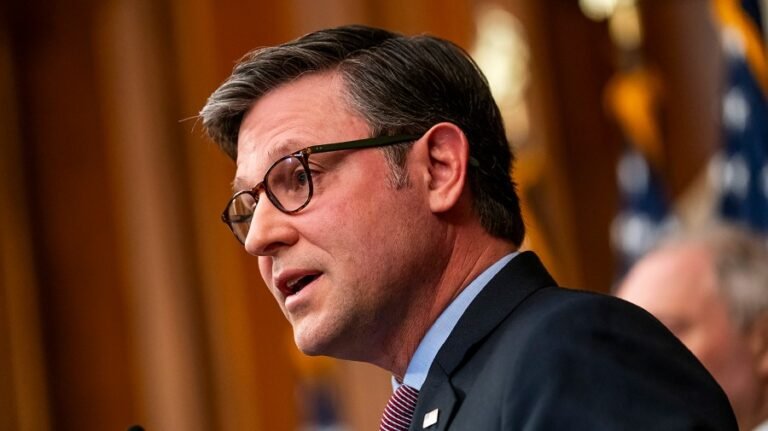
The Washington skyline may soon change with the addition of a massive “Independence Arch” across the Potomac from the Lincoln Memorial, a dramatic monument proposed by President Trump to mark America’s 250th anniversary.
Supporters hail it as bold. Critics call it self-aggrandizing. When asked about the project, President Trump quipped that it is for him.
Whatever is intended by the memorial and the symbolism of its location, it will be the American people who ultimately decide what this monument means.
Despite claims that “every time somebody rides over that beautiful bridge to the Lincoln Memorial, they literally say, something is supposed to be here,” the proposed site — Memorial Circle, at the Virginia end of the Arlington Memorial Bridge — is not a blank canvas.
For a century, Lincoln’s temple to freedom and Lee’s former plantation — Arlington House, once home to the Confederate general Robert E. Lee — have faced each other across the river in a dialogue about emancipation, slavery and reunion. The bridge that joins them was meant to symbolically and literally join the North and South.
The National Park Service explains that the bridge “also serves as the ceremonial entrance to Arlington National Cemetery, our nation’s most hallowed ground and the final resting place for more than 400,000 active-duty service members, veterans and their family members.” When unveiling the design to an audience of fundraisers, the president remarked that he would have been fine with a statue to Lee in the same location.
A massive triumphal arch in this location would intrude upon and dramatically reinterpret this symbolism of reunification. Americans might therefore question the intention behind it, and whether it carries a political or ideological signal through its choice of location. This is especially understandable because of recent efforts by the current administration to revisit Civil War memory by questioning the renaming of military bases and restoring certain Confederate monuments.
The current site is also a confusing selection because a more suitable one immediately comes to mind, along the same axis but east of the Capitol instead of west. The former RFK Stadium redevelopment comprises nearly 200 acres slated for mixed use with parks, housing, and a proposed stadium for the Washington Commanders. It would provide expansive space for a monumental arch and pedestrian-friendly park, along with unobstructed vistas toward the U.S. Capitol rotunda — a fitting gateway to the city, in the classical tradition of arches marking civic entrances.
To many, the proposed arch is akin to the White House ballroom, It evinces a desire to monumentalize the self, to transform shared civic spaces into reflections of personal power and to do so without permission from the American people. A triumphal arch — especially one front-loaded by a president, unveiled at a donor gala and paired with the 90,000-square-foot White House ballroom — sounds less like national commemoration and more like personal aggrandizement.
But previous national birthdays have been punctuated by great monuments and movements. At 100 years, France gifted us the Statue of Liberty, a beacon linking freedom, immigration and democracy. At 200 years, the Legacy of Parks program invested in hundreds of community spaces across the country, expanding public land and recreation for millions. Both commemorations reflected humility and inclusion.
Democracies build monuments and memorials through consent, deliberation and the slow work of compromise. Since 1986, the Commemorative Works Act has required that new national memorials undergo public hearings, congressional authorization and scrutiny by independent design commissions.
Dozens of steps in the process are not bureaucratic hurdles. They are democratic safeguards ensuring that national symbols remain national.
The Lincoln Memorial took decades of debate and legislation. The King Memorial emerged after years of organizing and bipartisan cooperation. Those deliberate rhythms are proof that our monuments belong to the people.
Regardless of where this monument might eventually stand on our national landscape, and regardless of whether it is imposed on the vista or endorsed by its people, the narrative arc for this moment in our national history, the moment it is intended to represent, is still being written.
Martin Luther King Jr. famously reminded us that the arc of the moral universe bends toward justice. The American people will decide who we are at our 250th anniversary and the meaning that any Independence Arch would ultimately hold.
Selecting a location with the potential for true greatness would best celebrate our accomplishments as a nation, some 250 years after declaring our independence and becoming a beacon for democracy in a troubled world.
Thomas A. Foster is a professor of history at Howard University.


